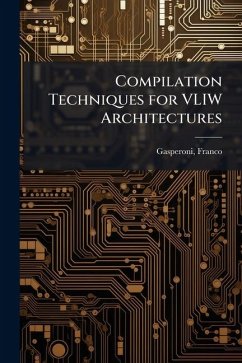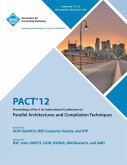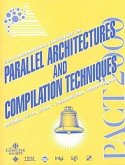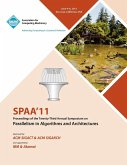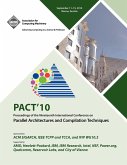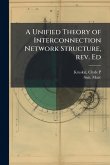"Compilation Techniques for VLIW Architectures" explores the intricate methods of optimizing code for Very Long Instruction Word (VLIW) processors. This technical study delves into the specific challenges and solutions encountered when translating high-level programming languages into efficient machine code for parallel execution on VLIW platforms. Ideal for computer scientists, compiler designers, and those interested in advanced computer architecture, this work provides insights into maximizing the performance of VLIW processors through sophisticated compilation strategies. It offers a valuable resource for understanding the principles behind parallel processing and compiler optimization. This work has been selected by scholars as being culturally important, and is part of the knowledge base of civilization as we know it. This work was reproduced from the original artifact, and remains as true to the original work as possible. Therefore, you will see the original copyright references, library stamps (as most of these works have been housed in our most important libraries around the world), and other notations in the work. This work is in the public domain in the United States of America, and possibly other nations. Within the United States, you may freely copy and distribute this work, as no entity (individual or corporate) has a copyright on the body of the work. As a reproduction of a historical artifact, this work may contain missing or blurred pages, poor pictures, errant marks, etc. Scholars believe, and we concur, that this work is important enough to be preserved, reproduced, and made generally available to the public. We appreciate your support of the preservation process, and thank you for being an important part of keeping this knowledge alive and relevant.
Bitte wählen Sie Ihr Anliegen aus.
Rechnungen
Retourenschein anfordern
Bestellstatus
Storno

